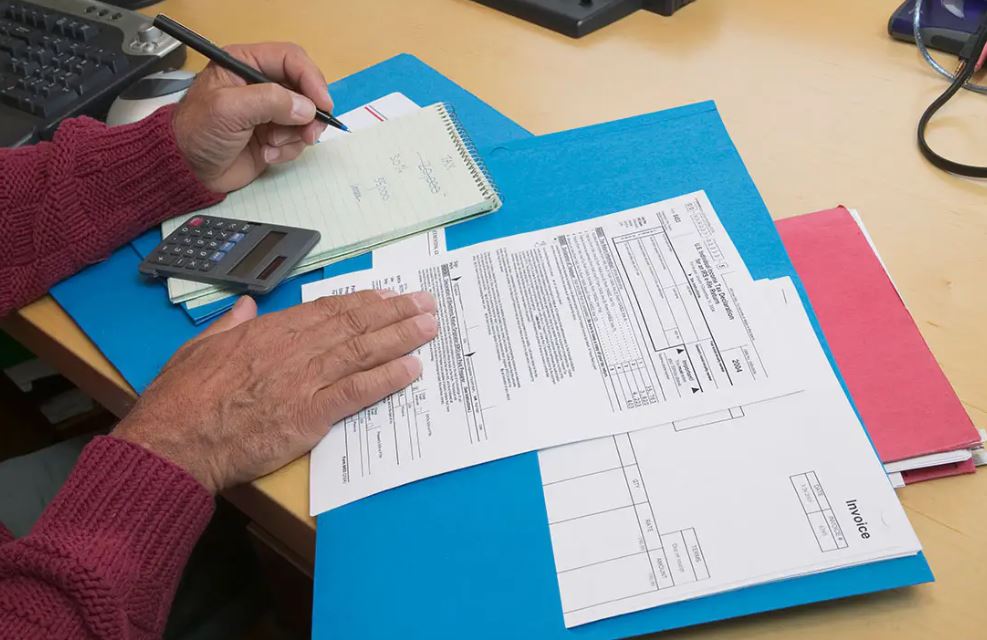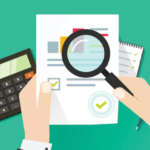
What Are Back Taxes?
Back taxes are taxes that were wholly or partly unpaid in the year they were due. Taxpayers may owe back federal, state, and local taxes. Back taxes accrue interest and penalties every month. Fortunately, there are options such as the Fresh Start Program which could drastically help bring down your total amount owed.
Filing Past Due Tax Returns
File all tax returns that are due, whether or not you can pay in full. File your past-due return in the same manner and at the same place as you would an on-time return.
If you have received a notice, please submit your overdue return to the address shown on the notification.
Consequences for Unpaid Back Taxes
The IRS may confiscate property and assets or lay liens on the property. In addition, the IRS may issue a federal tax lien to notify other creditors of the taxing authority’s legal rights to a taxpayer’s assets and property.
The IRS may also garnish taxpayers’ earnings and levy their bank accounts, seizing up to the whole amount of taxes owed. If the taxes are unpaid, the tax authorities may use a tax levy to seize the taxpayer’s assets to collect the money owed. A lien protects the government’s interest or rights in an individual’s or business’s property. At the same time, the tax obligation is overdue, but a levy allows the government to take and sell the property to satisfy the tax debt.
In 2016, the IRS delegated the collection of outstanding back taxes to a commercial collection firm. On the other hand, taxpayers who cannot repay their taxes may negotiate a lower settlement via an Offer in Compromise with the IRS or through a tax attorney.
What is a tax lien?
A tax lien is a legal claim through a government agency on the assets of a noncompliant taxpayer. Tax liens are the last option to compel a person or corporation to pay outstanding taxes.
The IRS could place a tax lien on a property if the owner fails to make property tax payments or owes income taxes. In other words, governments may file tax liens for unpaid income taxes, whereas local governments can establish tax liens for outstanding local income taxes or property taxes. The lien does not imply that The IRS will sell the asset. Instead, it assures that the tax authorities have priority over other creditors contending for the individual’s or business’s property.
Furthermore, a tax lien restricts the taxpayer from selling or refinancing the assets to which liens have been connected. The lien continues to exist until the tax obligation is satisfied or the statute of limitations on the debt expires.
If the taxes are not paid, the IRS may use a tax levy to confiscate the taxpayer’s assets to collect the money owed. A lien protects the government’s interest or rights in an individual’s or business’s property. At the same time, the tax obligation is overdue, but a levy allows the government to take and sell the property to satisfy the tax debt.
How to File Tax Returns for Previous Years
Filing a tax return for a prior year isn’t as difficult as you would imagine, but it does need a few procedures.
1. Gather information
The first step is collecting information from the tax year you want to submit a return. First, gather your W-2s, 1099s, and details for any deductions or credits you may be eligible for. Next, examine the forms you’ve gathered for the tax year you’re submitting to ensure you’re using the correct ones.
2. Request tax papers from the IRS.
Finding records from prior years may be difficult for some. Fortunately, the IRS offers a form you may use to request any tax information they have on file for you for a particular year. Form 4506-T permits you to obtain your tax return information transcript even if you haven’t filed a tax return. You may receive information from the last ten tax years.
The IRS will submit the information it has on file, including information obtained on forms such as W-2s, 1099s, and 1098s. However, it will not provide information regarding deductions and credits that you may be eligible for, so you will still need to research independently.
3. Complete and submit your tax return
Once you have all the relevant paperwork, utilize the tax forms from the year you’re filing. For example, to submit a 2018 tax return, you must use 2018 tax return forms. You may find these materials on the IRS website. Remember that patience is vital when filling out a tax return by hand.







